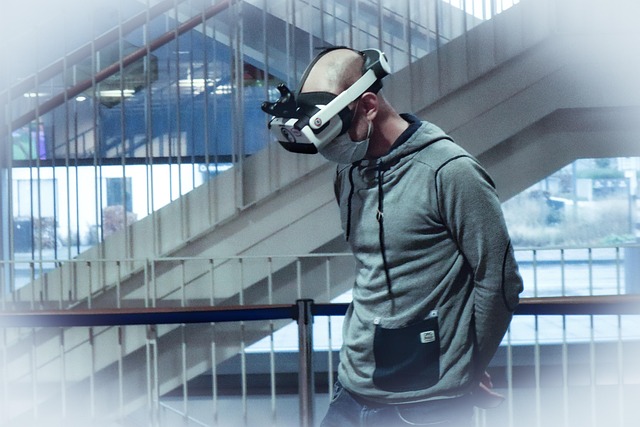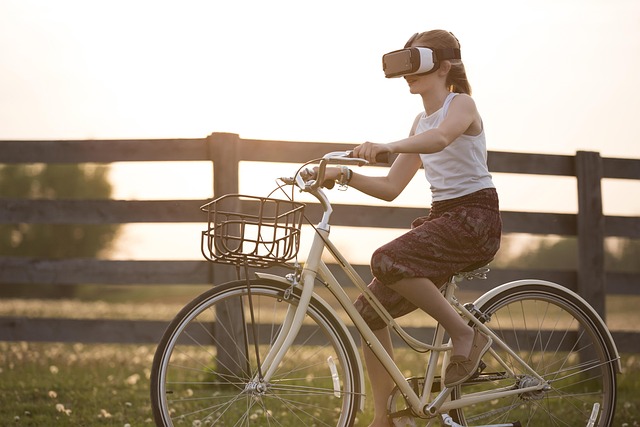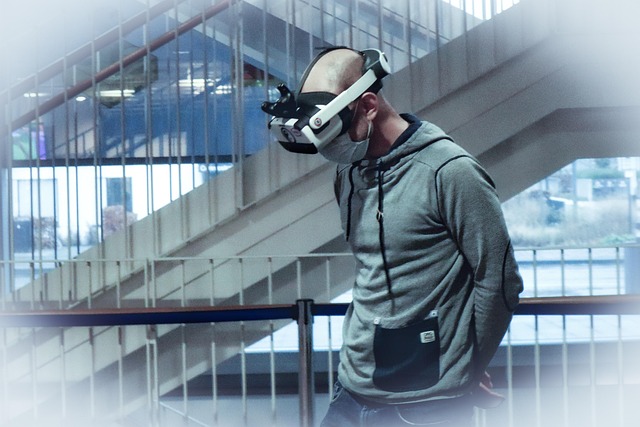Mapping New Dimensions: The Art and Science of VR Cartography
In today’s rapidly evolving digital landscape, the concept of space is no longer confined to physical locations on a traditional map. With the rise of the metaverse, a collective virtual shared space created by the convergence of virtually enhanced physical reality and physically persistent virtual space, the way we navigate and understand space is undergoing a profound transformation. At the heart of this revolution lies VR cartography, a pioneering field that redefines how we explore and interact within these immersive realities.
Virtual Reality: Crafting Immersive Spaces
Virtual reality (VR) technology enables users to step into computer-generated environments that simulate real-world or fantastical settings. Unlike flat maps or standard GPS systems, VR cartography constructs three-dimensional spatial representations that users can explore from the inside out. This approach offers a deeply intuitive way to comprehend complex environments—whether it’s wandering through a detailed historical city reconstruction, navigating an imagined alien landscape, or visualizing data in a multidimensional format.
Augmented Reality: Enhancing the Physical World
While VR immerses users wholly in virtual spaces, augmented reality (AR) overlays digital information onto the physical world, blurring the line between reality and digital augmentation. AR harnesses VR cartography by transforming conventional maps and spatial data into interactive experiences accessible in our everyday surroundings. Imagine walking down a street with real-time, context-aware information such as points of interest, navigational cues, or social data appearing seamlessly within your field of vision—this is the transformative power AR brings to the metaverse.
Metaverse: The New Frontier of Interaction
The metaverse represents an expansive, interconnected universe of augmented and virtual realities, remaining accessible across devices and platforms. Its rapidly growing user base demands sophisticated methods of spatial awareness and navigation, making VR cartography essential to its functionality. By designing spatial maps that are dynamically responsive and user-centric, VR cartography enables seamless social interactions, commerce, and exploration within these interconnected worlds.
Why VR Cartography Matters in Interaction
Interaction within virtual and augmented realities is fundamentally spatial—users communicate, work, and play within environments that have geography and scale. VR cartography empowers users by giving them control over orientation and movement, reducing cognitive overload, and enhancing immersion. Additionally, by offering multisensory cues and adaptive environments, VR cartography nurtures a stronger sense of presence, making virtual meetings or social gatherings feel as tangible as face-to-face encounters.
Embracing VR cartography means embracing a future where interaction is enriched by depth, context, and spatial intelligence. As we continue to navigate the metaverse’s expansive possibilities, VR cartography will remain a vital tool for making these complex virtual realities accessible, navigable, and deeply engaging.




